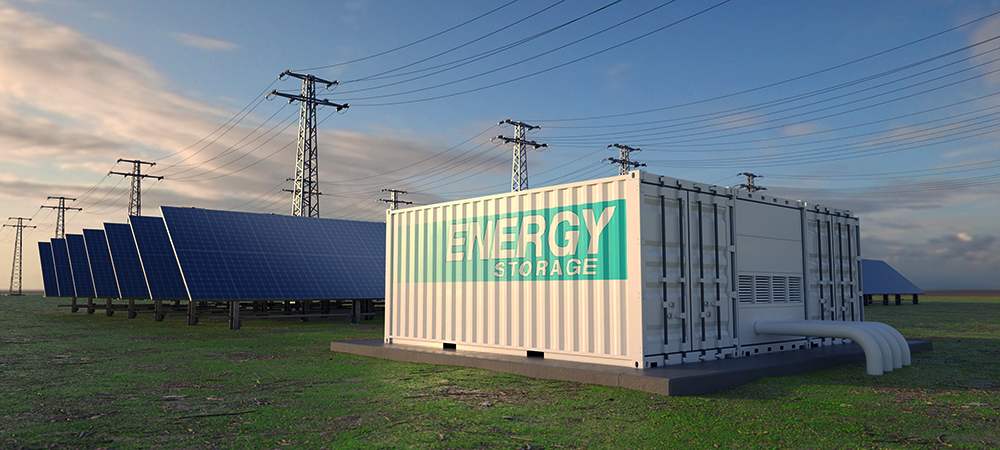Every time an engine runs, it generates heat. Anyone who has felt the warmth behind their fridge can confirm this. The same is true on a larger scale in supermarkets, datacentres, factories, wastewater facilities, metro stations and commercial buildings. Excess heat can be reused to supply a factory with heat and warm water or reused by neighbouring homes and industries through a district energy system.
Using this energy that would otherwise go to waste can give a productivity boost to the economy and lower energy prices for consumers. Utilising excess heat can replace significant amounts of fossil fuels that are otherwise needed to produce heat. Used this way, excess heat can help stabilise the future electricity grid and thereby ease the transition to a green energy system.
In some countries the excess heat can even match the entire heat demand. In the Netherlands, excess heat amounts to 156 TWh per year while the heat demand is only 152 TWh per year. Yet the potential of excess heat is not even close to being utilised and is politically ignored.
A full implementation of technologies that tap into synergies between different sectors and enable a utilisation of excess heat has the potential to save EUR 67.4 billion a year once fully implemented in 2050.
According to Kim Fausing, President and CEO of Danfoss, recycling heat is not only an overlooked measure in the current energy crisis, but also the next frontier of the green transition.
Danfoss, the Danish family-controlled engineering group, has highlighted the vast untapped potential of excess heat as a source of energy. In the EU alone, excess heat amounts to 2,860 TWh per year, corresponding almost to the EU’s total energy demand for heat and hot water in residential and service sector buildings such as schools, hospitals, hotels, restaurants, offices and shopping centres.
“Excess heat is the world’s largest untapped source of energy. Still, very few initiatives have pushed for more efficient use of the vast amounts of wasted energy in the form of excess heat even though we already have the solutions available today. We urgently need policy measures to accelerate the use of excess heat across sectors, both so that citizens and businesses can benefit from lower energy costs and to ensure we step up progress in the green transition,” says Fausing.
Energy demand is set to grow dramatically in the years to come due to population growth and rising incomes. Without urgent action to tackle the demand side of the green equation, using every single unit of energy more efficiently, we will not get on track to meet global climate goals.
With the world’s attention focused on finding sustainable solutions to combat climate change, this is a timely reminder of the significant role excess heat recovery can play in achieving a low-carbon future. It is a valuable contribution to the ongoing dialogue on sustainable development, and an essential tool for policymakers and industry leaders alike.
According to the International Energy Agency, a global push for more efficient use of energy can reduce CO2 emissions by an additional 5 gigatons per year by 2030 compared with current policy settings. A third of the reduction needed in energy-related CO2 emissions this decade according to the IEA net zero scenario must come from improvements in energy efficiency.
Click below to share this articleRecycling heat is not only an overlooked measure in the current energy crisis, but also the next frontier of green transition.


